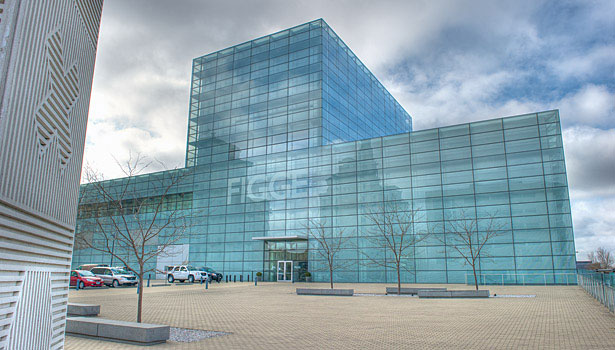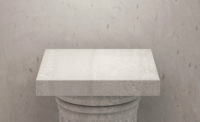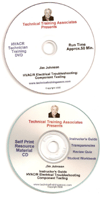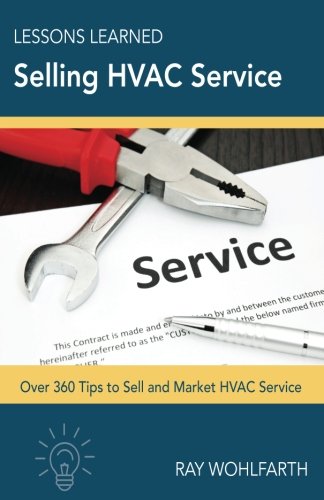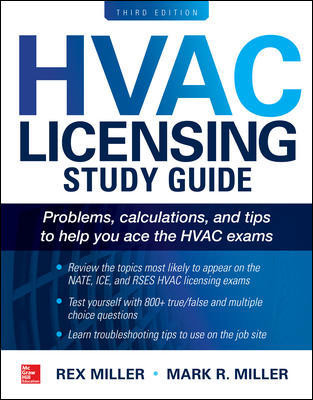The 114,000-sq-ft Figge Art Museum in Davenport, IA, houses a unique collection of international art. To keep exhibits safe, officials needed to make sure mechanical systems met stringent Smithsonian Museum environmental criteria. These guidelines govern relative humidity (rh) and temperature in exhibits and storage spaces, and were established to prevent degradation of paint, paper, wood, and other media used in artwork.
Meeting the environmental criteria meant that the Figge would be able to display some of the world’s most impressive art collections. However, energy efficiency was just as important. The museum’s new mechanical systems promised to reduce energy consumption, which would earn the Figge approximately $400,000 in energy efficiency incentives and save on annual energy costs.
The museum’s HVAC system includes an economizer that mixes outdoor air for ventilation with return air to minimize cooling and heating costs. The incoming air needs mechanical cooling when it’s above 55°F outside and heating if it’s below 25°F to keep the museum exhibit space around 70°F. The system also includes an energy recovery wheel positioned between incoming air and exhaust air. As the wheel rotates, it transfers energy between those two airstreams, recovering energy from the exhaust air and using it to temper the outdoor air coming into the air handler.
When the air is warmer than 55°F the chilled water system is enabled, so when the indoor/outdoor air mixture flows over the cooling coil its temperature is lowered to the proper supply air temperature. If the outside air is less than 25°F, ice would likely form on the energy recovery wheel, reducing the airflow. To prevent that, frost prevention coils are located at the outdoor air inlet to keep the air temperature entering the energy recovery wheel above 25°F.
Those measures would reduce heating and cooling bills while still meeting the Smithsonian environmental requirements.
ENTEC Services of Peoria, IL, executed the temperature and environmental control systems for the new museum and continued to monitor those systems after the facility opened. ENTEC could tell that although the environmental conditions met Smithsonian guidelines, the museum was achieving those requirements at a steep cost.
“Based on its energy usage, the Figge Art Museum was going to be short $100,000 on the energy incentive money and more than $60,000 short in annual energy savings,” said Tom Weed, CEO of ENTEC Services.
ENTEC suggested some HVAC system improvements that would allow the mechanical and control systems to perform as originally intended.
“The most logical idea was to get the air in the mixing box to mix better, but that would have required adding mechanical equipment to the air handling unit,” says Mark Janco, system specialist for ENTEC. “There wasn’t enough room in the museum’s mechanical room, so that option wasn’t going to work.”
Since there was not adequate physical space to overcome the outdoor air stratification problem in the mixing box that prevented the proper economizer operation, antifreeze solution was added to the chilled water distribution system, eliminating the risk of freezing the chilled water coils while allowing the economizer to provide free cooling. To address the proper operation of the frost prevention coils, ENTEC built a separate frost-prevention coil loop that is still heated by the normal boiler hot water loop but has antifreeze added. That allowed them to drop the temperature of the incoming air to the energy recovery wheel to 25°F, optimizing the wheel’s energy-saving properties.
Once the fix was made, The Weidt Group agreed to conduct an energy evaluation of the Figge’s systems. It turned out the improvements not only recovered the remaining $100,000 of the original incentive, but also gained the museum an additional $30,000 of energy efficiency incentives. That meant the museum received a total energy incentive of $430,000 and saved approximately $63,000 in annual energy costs.
Janco continues to perform regular onsite inspections of all control systems using Fluke tools. He uses the Fluke 62 Mini Infrared Thermometer to measure air temperature coming out of ducts and to verify temperatures coming off the coils in the AHUs are adequate to keep from freezing. He also uses a Fluke temperature humidity meter to verify humidity of the overall exhibit space. If those measurements show that the temperature and/or RH values are off, Janco uses the Fluke 971 to calibrate the controls to bring them back within Smithsonian guidelines.
The mechanical upgrades and equipment monitoring has paid off.
“When we moved into our new facility we faced a number of unresolved mechanical system issues. Not only did ENTEC solve these problems, but their solution paid back immediately in lower energy costs and energy efficiency incentives,” said Bob DeBlaey, facilities manager at the Figge Art Museum
